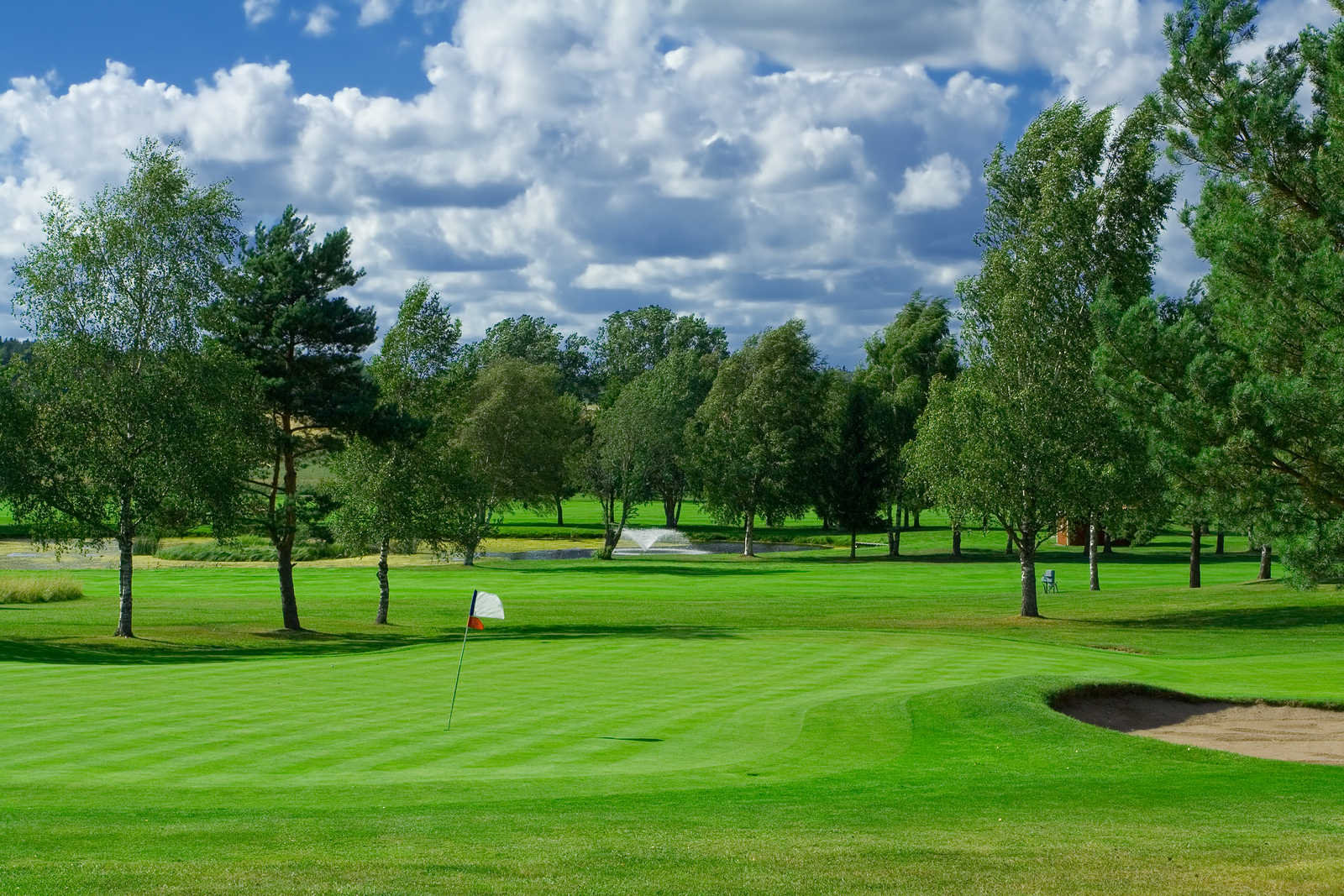There was a time when real estate agents could confidently tell their clients that one of the biggest advantages of owning a home on a golf course is that the verdant view would be permanent.
Today, many owners face a view of brown, dead fairways, vandalized buildings and uncertainty about what may pop up when the land is sold.
Chalk it up to the busyness of Americans. The lengthy game of golf has declined in popularity, leaving course owners to deal with the consequences.
Or, blame the oversupply of golf courses and the waning of Tiger-mania (among other reasons), as John Eidukot at GolfOperatorMagazine.com does.
Whatever the reasons, “More than 200 courses closed in 2017, while about 15 opened,” according to Newser.com editors, quoting National Golf Foundation figures.
We are frequently asked if golf course homes are worth more than those not similarly located, if golf course homes are a good investment and about the pros and cons of golf course living.
Here’s what we know, the good and the bad.
The future of golf
It’s not all doom and gloom for the $84 billion-dollar golf industry. Nearly 40 percent of Americans (107 million, to be more precise) either played read about or watched golf in 2018, according to the National Golf Foundation’s 2019 Golf Industry Report.
The report also found that participation has stabilized. Gone are the crazy statistics of drop-out golfers. In fact, last year, participation rates climbed. The report credits this growth, in part, to “popular off-course forms of the game such as Topgolf, Drive Shack and indoor simulators.”
Since our children are our future, there is encouraging news in the number of young golfers taking up the sport.
“There were 2.5 million junior golfers last year [2018]” the report claims and “an estimated 2.6 million beginners (those who played on a golf course for the first time) in 2018, which is near record levels and marks the fifth straight year with over 2 million newcomers.”
It appears that it’s far too soon to call time-of-death for the game of golf and, by extension, the American golf course.
5 tips to consider if you’ve been thinking about buying a home in a golf course community
- While living across the street from the fairways offers a homeowner additional privacy (no neighbor in front), it also provides a bird’s-eye-view to golfers – especially those wandering through your yard to retrieve balls.
Choose your location within the golf community carefully. Homes along the right side, nearest to the tee box, are statistically at higher risk for wandering golfers searching for errant balls and the damage those balls can cause.
One golfer/golf course homeowner we spoke with suggested playing the course to help you determine if the home you have your eye on is ideally located.
- While we stress the importance to all homebuyers interested in purchasing a home in a managed community to read the HOA documents thoroughly, it’s even more critical when considering a home on a golf course.
Is netting prohibited? Are there rules against entering the course from your property?
- While golf participation is stabilizing, and fewer courses are closing, keep in mind that it’s still a buyers’ market in this real estate niche. You are in the drivers’ seat, by and large, in negotiations.
4. No, you don’t need to be a golfer to enjoy golf course living. In fact, it’s estimated that only about a quarter of residents who live on or near courses play the game. They purchased the home to enjoy the scenic view, the enjoyment of not having a neighbor’s home facing theirs and the peaceful evenings.
5. Even if you do play, you may want to restrict your search for a golf course home for sale to communities that offer other amenities as well, such as walking paths or a swimming pool.
Thinking of selling your golf course home?
Realtor.com analyzed listings of homes for sale in 273 U.S. counties. They found that those listings that included the word “golf” took, on average, 75 days to sell.
These homes eventually sold for 14 percent more than the median sale price for the area and nearly 30 percent more than the nationwide median home price.
Of course, all real estate is local and markets change so the “mileage” here in our area may vary. Feel free to reach out to us for a complimentary, no-obligation determination of your home’s likely market value.

